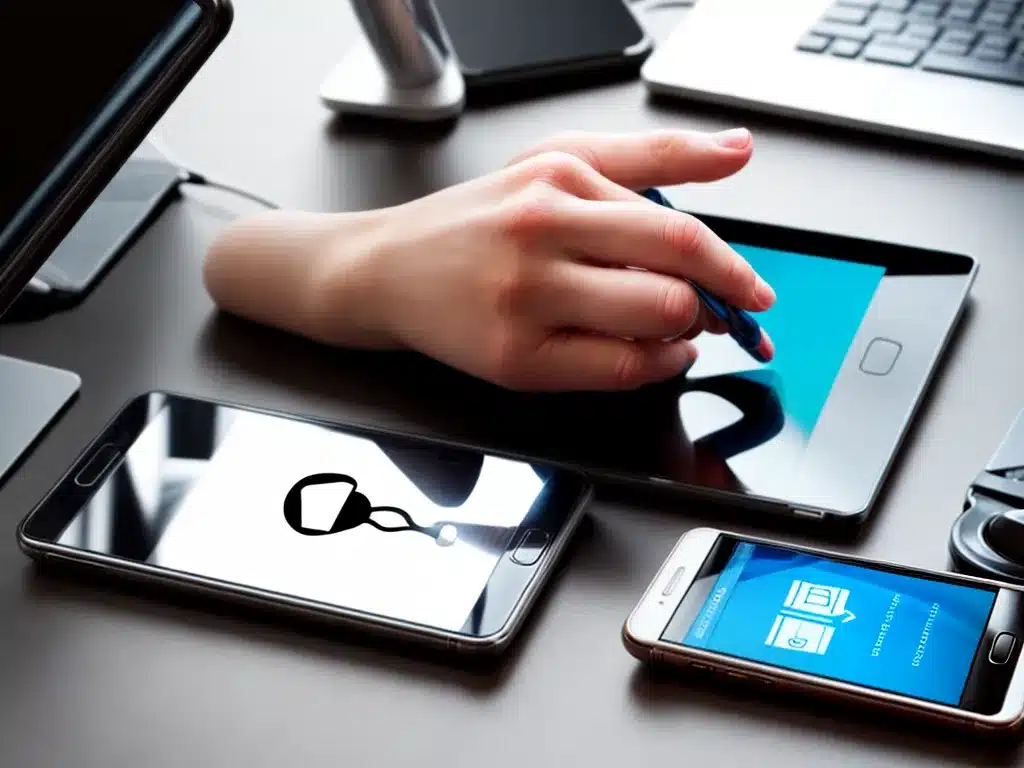
Introduction
Losing a device or having it stolen can be incredibly stressful. Most of us keep a lot of personal and sensitive data on our phones, laptops, and tablets. When these devices go missing, it’s not just the hardware that is at risk – our digital information could fall into the wrong hands. As technology advances, so do the techniques that criminals use to steal data from devices. Thankfully, there are steps you can take to protect your data, even if your device ends up lost or stolen. This article covers various methods I use to prevent data theft when my devices go missing.
Back Up Data Regularly
The first line of defense is to back up your data regularly. I back up my devices to cloud storage services and external hard drives on a consistent basis. This ensures I have copies of my data if something happens to the device itself.
Here are some backup tips I follow:
-
Use cloud services – Services like iCloud, Google Drive, and Dropbox allow me to backup data wirelessly and access it from other devices if needed.
-
Back up locally – I also back up locally to an external hard drive. This provides an extra layer of protection in case cloud services are unavailable.
-
Automate backups – I enable auto-backup on my devices to ensure backups happen on a schedule without me having to think about it.
-
Store backups separately – I keep backup hard drives in a separate secure location, not attached to the device itself.
Regular backups mean my data isn’t lost even if my physical device is.
Use Encryption
Enabling encryption on your device and backups is another key precaution. Encryption scrambles data so it cannot be read without the proper decryption key.
I enable full-disk encryption on my laptops and smartphones. I also use encrypted cloud backup services when possible. This renders my data unreadable without the passcodes.
Encryption tips:
-
Use full-disk encryption – This encrypts all data on the device, not just selected files and folders.
-
Create a strong passcode – A complex PIN or password makes encryption more secure.
-
Manage encryption keys – Don’t store encryption keys on the device itself. I keep mine in a password manager app.
Encrypting data helps protect it if my device ends up in the wrong hands. Even if the hardware is lost or stolen, the data remains scrambled and inaccessible.
Remotely Wipe Data
If I know my device is lost for good, I can remotely wipe the data. This involves sending a remote command that erases all data from the device.
My tips for utilizing remote wipe features:
-
Set it up in advance – I make sure remote wipe is enabled on my devices before it’s needed. This allows me to act quickly if something happens.
-
Link to cloud accounts – My device wipe can be triggered through my iCloud or Google account. This allows me to easily initiate the wipe via any web browser.
-
Wipe external storage – I make sure remote wipe will erase any connected external storage, not just built-in drives.
-
Remove device from accounts – After wiping, I unlink the device from cloud accounts to prevent remote access.
Remotely wiping a lost device gives me peace of mind. I know it removes my sensitive information from the device right away.
Avoid auto-sync features
Some apps and services automatically sync data to online accounts. While convenient, this can expose data if the linked account is compromised.
Here’s how I minimize auto-sync risks:
-
Disable auto-sync – I turn off auto-sync options in apps and adjust OS sync settings. This prevents automatic uploads of new data.
-
Log out of accounts – I log out of linked cloud accounts on my devices when not in use. This adds an extra step to syncing data.
-
Use offline modes – Apps like Gmail offer offline use modes. This allows me to manually control when data syncs online.
-
Monitor linked accounts – I watch for unauthorized access to accounts linked to my device and reset passwords if needed.
Controlling sync and login settings gives me more oversight of what data leaves my device and when. This limits what is exposed if my device falls into the wrong hands.
Conclusion
Losing a device can be stressful, but there are steps you can take to avoid data theft. Regular backups, encryption, remote wipe abilities, and limiting auto-syncs help protect your information. Putting safeguards in place before an incident occurs is crucial. With proper precautions, you can mitigate data risks even if your smartphone, laptop, or tablet ends up lost or stolen.












